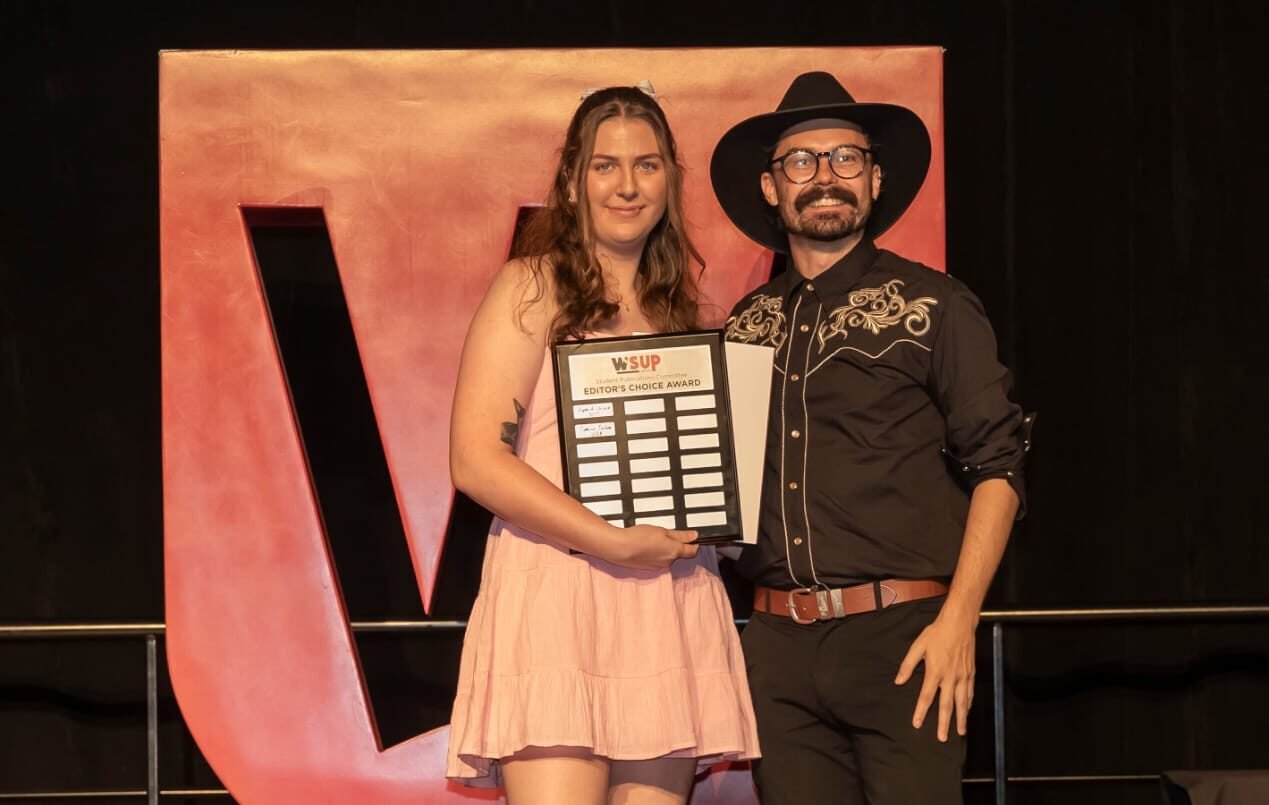Tamara Tuchin didn’t expect to win the 2024 Student Publications Committee Editor’s Choice Award for her article “Imagining Extinction.” In her own words, the recognition was a “total surprise,” but for anyone who has read her piece, it’s clear why she stood out. Her ability to weave together complex science with raw human emotion is remarkable.
At the heart of her article lies a question that demands attention: can assisted reproductive technology (ART) be used to save wildlife? Tamara takes her readers on a journey that goes beyond science and statistics, challenging them to feel, to care, and to consider the fragility of life on this planet.
The Role of ART in Wildlife Conservation
In our conversation, Tamara discussed the potential of ART, which is more commonly associated with human fertility, in addressing the alarming rate of species loss. “We’re at a point where we need to consider all options,” she shared. “Technologies like artificial insemination, in vitro fertilisation, and even cloning could offer hope for species that are on the verge of disappearing.”
One example Tamara explored in her research is the preservation of reproductive material, such as sperm or eggs, from endangered animals. She explained that the conditions for storing such material are extremely precise. “Even something as simple as the wrong storage temperature can make or break these efforts,” she said. Her research into these intricate details highlights the scientific challenges and the potential for breakthroughs in conservation.
Tamara emphasised that ART is not a magic solution but a critical tool in a larger conservation strategy. “It’s not just about saving individual animals. It’s about preserving genetic diversity and, ultimately, ecosystems,” she added.
One of the more striking points Tamara raises in her article is how conservation priorities can sometimes be skewed by human biases. Popular species, such as pandas, elephants, or dolphins, often receive significant attention and funding, while less charismatic creatures are overlooked.
“There’s a tendency to focus on the ‘cute’ animals,” she explained, “but every species plays a role in its ecosystem. If we ignore the less glamorous ones, we risk destabilising entire ecosystems.” This broader perspective is what makes her work stand out—it’s not just about saving animals but understanding their interconnectedness.
Her article also touches on the emotional aspect of extinction, challenging readers to reflect on the responsibility humans bear. “Losing a species isn’t just a scientific problem; it’s an emotional one. It’s a loss that future generations will have to face,” she said.
One of Tamara’s strengths as a writer is her ability to make complex scientific ideas accessible and engaging. “I try to simplify without oversimplifying,” she said. “Science can feel intimidating, but at the core, it’s about curiosity and understanding. I want readers to feel that, not just get lost in jargon.”
In Imagining Extinction, she balances data-driven insights with a sense of urgency and compassion, giving readers a clearer picture of why conservation matters. Her thoughtful approach ensures that the message resonates with a wide audience, not just those already interested in science or conservation.
Tamara is realistic about the challenges conservation faces. “Technology like ART is a step forward, but it’s not enough on its own,” she noted. “We need policies, education, and community involvement to make a real impact.”
Despite the hurdles, she remains optimistic. Her hope is that her work inspires more people to take an interest in conservation, whether that’s through supporting policies, donating to wildlife organisations, or simply becoming more informed.
“I don’t think anyone can save the planet alone, but if enough people care, we can make a difference,” she said.
What’s Next for Tamara?
Tamara is studying a Bachelor of Science majoring in Animal Science and Zoology at Western. Tamara’s passion for science and storytelling is clear, and her future projects will likely continue to explore this intersection. While her primary focus remains on conservation and biology, she’s open to exploring new topics that connect people to the natural world.
“There’s so much we still don’t understand about the planet and our impact on it,” she shared. “I want to keep learning and sharing those discoveries in ways that make people stop and think.”
At its heart, Imagining Extinction is about sparking conversations. It’s not just a call to action for scientists or policymakers but for everyone. Tamara wants readers to see conservation as a shared responsibility, one that involves not just saving wildlife but preserving the delicate balance of life on Earth.
“Every action count, no matter how small,” she said. “It’s about recognising that we’re all part of something bigger and that we have the power to shape its future.”
Through her writing, Tamara offers not just solutions but also a sense of hope, a reminder that while the challenges are significant, so is our capacity for change.
Read Tuchin’s article “Imagining Extinction” here.



